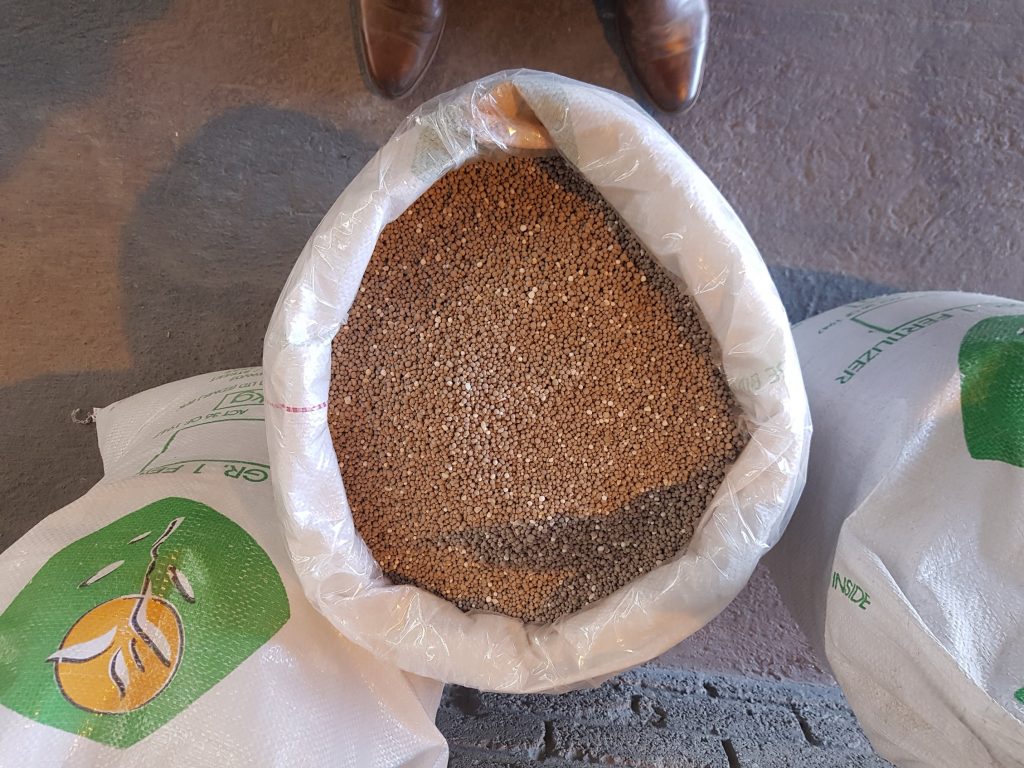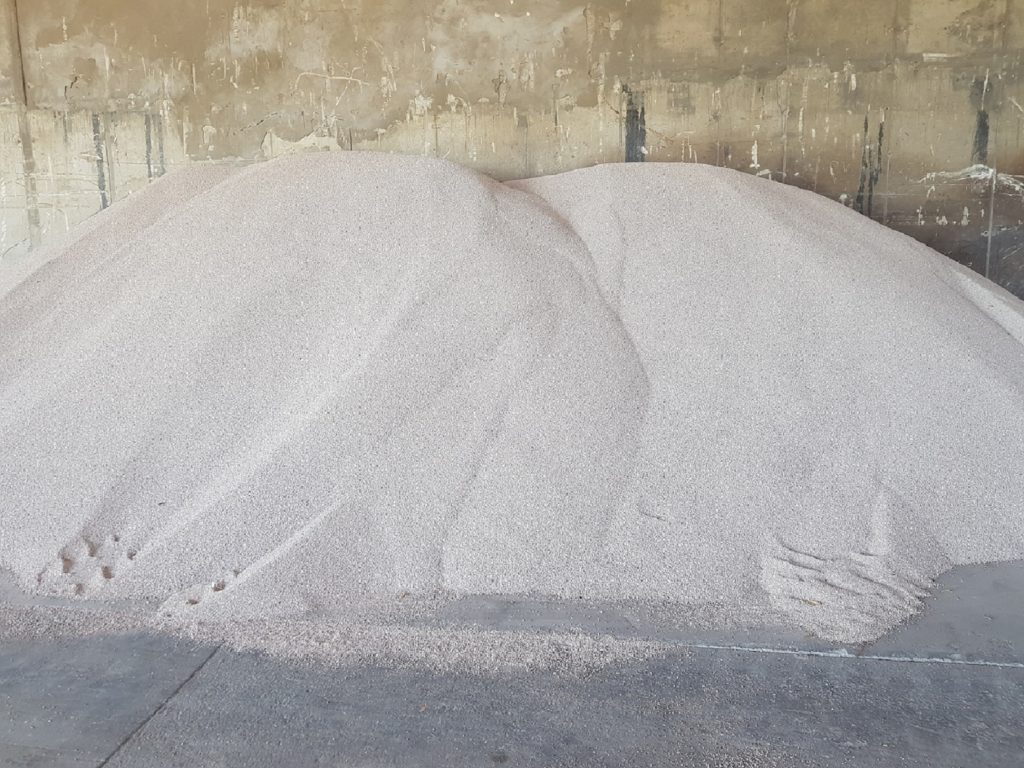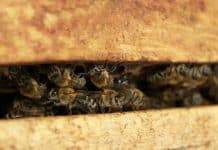
The word fertiliser has its roots in the Latin word fertilis, which means to be fertile, productive and abundant. Fertiliser usage goes back 8 000 years, when farmers used manure to boost crop production and quality.
Among those who contributed to the advancement of fertiliser are Viscount Charles Townshend (1674-1738), Justus von Liebig (1803-1873), Sidney Gilchrist Thomas (1850-1885) and Percy Carlyle Gilchrist (1851-1935).
Prof Robin Barnard, chief technical advisor at the Fertiliser Association of Southern Africa (Fertasa), gives more detail of events in the 19th century and the use of natural versus synthetic fertilisers.
The role of industrialisation
Before the industrial revolution and the development of superphosphate manufacturing in the mid- 19th century, animal manure and composted plant material were the only fertilisers known to man.
Cotton farming easy diversification for sugar cane growers
“Taking into consideration the rapidly increasing world population and industrialised chemical manufacturing, including the Haber-Bosch process for producing ammonia, the availability of synthetic fertilisers grew fairly rapidly,” says Prof Barnard. “The use of these inorganic fertilisers soon far exceeded that of organic inputs. This went hand-in-hand with the need to produce more food, especially with the general move to the cities.”
The organic approach
More recently there has been a growing awareness regarding the importance of the organic matter in soil, and its chemical, physical and biological advantages.
Prof Barnard stresses that it has always been important to maintain as much organic matter in the soil as possible. “In hot, dry climates such as is seen in most of South Africa, and considering the practice of ploughing and removing soil cover with plant material, this is easier said than done. Farming practices that reverse this approach, such as reduced, minimum or no-till planting, have become widespread. Where they are understood and correctly implemented, these practices are making important contributions.
There is also a move to promote the production and use of ‘organic’ food, by using only ‘organic’ inputs, says Prof Barnard. Synthetic chemicals such as those found in insecticides, herbicides, pesticides and even fertilisers such as superphosphate, are not permitted if the crop is to be certified organic. Prof Barnard says this rather extreme approach, though justified in some respects, has polarised public opinion.

Regulatory frameworks
In most countries across the world, the manufacturing, quality and use of fertilisers is regulated to a greater or lesser extent, and South Africa is no exception.
According to the Fertilisers, Farm Feeds, Agricultural Remedies and Stock Remedies Act, 1947 (Act 36 of 1947), all fertiliser products, organic and inorganic, must be registered. In South Africa, this law currently regulates the use of fertilisers.
A draft Fertiliser Bill aimed at replacing the above-said law, was open for public comment at the time of writing this article. Prof Barnard summarises the main purpose of the proposed legislation as follows:
- To protect the consumers and users of fertiliser.
- To disseminate an efficient and effective traceability system.
- To ensure compliance with food safety, human and environmental requirements.
Fertiliser groups
In South Africa, fertilisers are grouped into three different categories, depending on their properties and concentrations:
- Group 1 fertilisers contain a total amount equal to or greater than 100g/kg of nitrogen (N), phosphorus (P) or potassium (K) or any combination thereof.
- Group 2 fertilisers contain a total amount of less than 100g/kg of N, P or K or any combination thereof, or any other recognised plant nutrient(s) in acceptable amounts as indicated in tables 1 to 9 and 13 to 15 of the fertiliser regulations relating to the Act.
- Group 3 fertilisers are natural or synthetic substances or organisms that improve the growth or yield of plants or the physical, chemical or biological condition of the soil. They do not qualify for registration as Group 1 or 2 products.
Essential plant nutrients
The recognised macro-elements that make up essential plant nutrients are N, P and K, as well as sulphur (S), calcium (Ca) and magnesium (Mg). The elements N, P and K are sometimes referred to as the primary elements, with S, Ca and Mg known as the secondary elements.
Iron, manganese, copper, zinc, molybdenum, boron and chlorine are the recognised micro-elements, while nickel, cobalt, selenium and silica are other elements regarded as advantageous to some crops under certain circumstances.
“It should be noted,” says Prof Barnard, “that in general terms, these plant nutrients are taken up in the same ionic form whether they originate from mineralised organic sources or from synthetic inorganic sources. This could be interpreted as a simplistic statement, and there are many forms of complex molecules providing nutrition to plants.”
Inorganic fertilisers
Inorganic fertilisers as plant nutrient sources include:
- Nitrogen: Ammonia, urea, ammonium nitrate, ammonium sulphate, limestone ammonium nitrate and ammonium sulphate nitrate.
- Phosphorus: ‘Rock’ phosphates (igneous and sedimentary). The latter is sometimes used as is, but is mostly chemically processed. Kalmaphos, silicaphosphine (silphos), phosphoric acid, superphosphates, ammonium phosphate (monoammonium phosphate and diammonium phosphate), polyphosphates and nitro phosphates.
- Potassium: Potassium chloride, potassium sulphate and potassium nitrate.
- Mixes containing N, P and K.
- Calcium and magnesium: Agricultural lime supplies these elements, which contain different amounts of Ca and Mg. Lime adjusts the background pH so that it is suitable for plant growth and nutrient availability. Lime fertiliser consists of carbonates, oxides, hydroxides and silicates.
- Sulphur: Gypsum, which contains Ca and sulphate, is also used for improving brackish soils and, in some cases, for subsoil acidity.
- Micro-nutrients: These nutrients are available for application in different forms, including natural and synthetic compounds such as chelates, lignosulphonates and polyflavonoids. Foliar applications are often used, as well as applications mixed with solid fertilisers. To ensure more effective mixing and distribution, various coatings containing the nutrients are sprayed onto the dry base fertiliser.

Organic fertilisers
The following are sources of economically important organic fertilisers:
- Guano
- Chicken manure
- Untreated cattle manure
- Composted cattle manure
- Peat
- Dry sewage sludge
Prof Barnard notes that, depending on availability and envisaged use, the products are often mixed in different ratios. “There are strict conditions imposed on the registration of such materials, especially relating to potentially harmful elements and human pathogens.”
The advantages of using organic fertilisers if the fertiliser is applied in the right amounts include improved aeration, better moisture retention, gas exchange and structure. “Organic fertilisers promote microbial activity by providing an energy source and contributing to plant nutrition through nutrient release.”
As the organic fertiliser nutrients are not always ideally balanced for plant nutrition, it is common practice to enrich organic fertilisers with one or more inorganic products (mostly N).
Group 3 fertilisers
This group of fertilisers are referred to as ‘novel’. These natural or synthetic substances or organisms include seaweed, organic acids, biofertilisers, fertiliser coatings and retardants used as controlled-release products. Nitrogen and urease inhibitors and moisture absorption products are also included.
Prof Barnard concludes, saying that many of these enhance the availability of nutrients and promote a more balanced soil ecosystem, making external inputs less necessary and in some cases superfluous. He believes that this development will gain a much higher profile in the future. – Carin Venter, Plaas Media
For more information, contact Prof Robin Barnard on robin@fertasa.co.za or call Fertasa on 012 349 1450.






